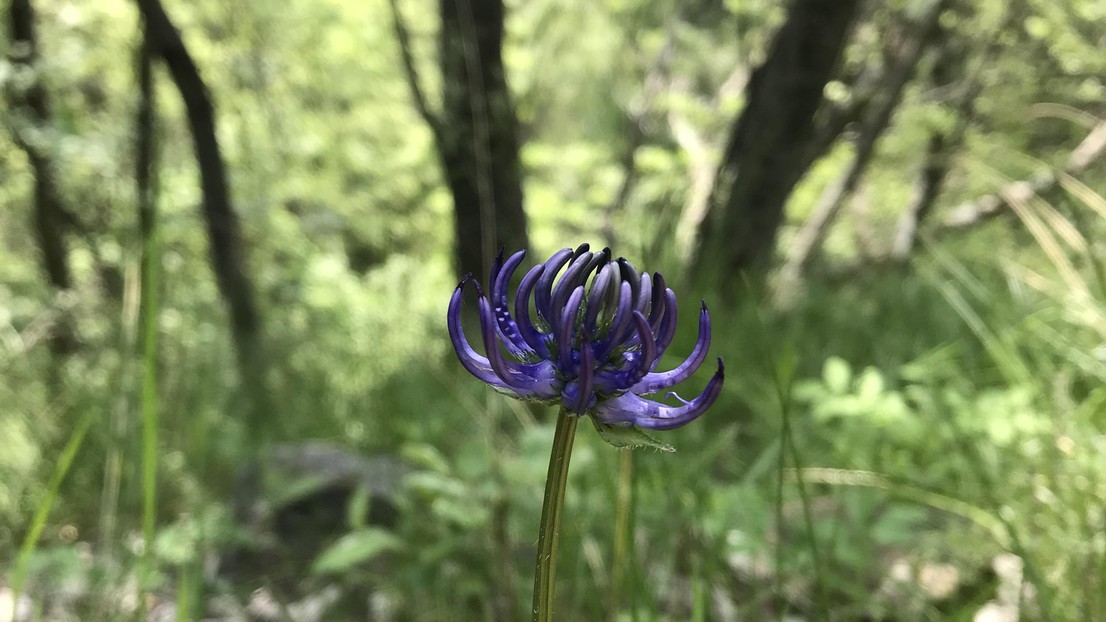Global Collaboration Drives AI Breakthrough in Biodiversity Science

© 2023 D. Tuia
New study in Nature showcases the power of interdisciplinary teamwork in tackling biodiversity knowledge gaps.
A landmark study published in Nature demonstrates how artificial intelligence (AI) can revolutionize biodiversity research by filling critical gaps in species data and ecological knowledge. But beyond the scientific breakthroughs, the paper stands as a testament to the power of international, interdisciplinary collaboration.
Led by Dr. Laura Pollock of McGill University and Justin Kitzes (University of Pittsburgh), the study, “Harnessing artificial intelligence to fill global shortfalls in biodiversity knowledge,” brings together experts in ecology, machine learning, data science, and conservation biology from institutions across North America, Europe, and Australia. Their combined expertise allowed them to comprehensively assess how AI can address seven major biodiversity shortfalls—gaps in knowledge that hinder scientific understanding, conservation efforts and global policymaking.
“This paper wouldn’t have been possible without a truly interdisciplinary team,” said co-author Tanya Berger-Wolf, an expert in computational biodiversity at Ohio State University. “We need ecologists who understand the challenges in biodiversity science and AI researchers who can develop solutions at scale. The synergy of these perspectives is what made this work so impactful.”
Uniting AI and Ecology for a Common Goal
The study’s co-authors include ecologists like Kaitlyn Gaynor (University of British Columbia) and Marta Jarzyna (Ohio State University), who specialize in biodiversity modeling and species distribution, alongside AI and data science leaders such as Sara Beery (MIT), Oisin Mac Aodha (University of Edinburgh), David Rolnick (Mila - Quebec AI Institute) and Devis Tuia from EPFL. Their combined efforts bridge the gap between biological expertise and cutting-edge computational methods.
One of the study’s key insights is that AI has been underutilized in biodiversity research beyond applications like species tracking. By integrating AI with diverse data sources—including images, audio recordings, text, and DNA—scientists can uncover previously inaccessible patterns in nature. This work highlights the importance of interdisciplinary thinking in solving global scientific challenges.
The Power of Multi-Disciplinary Science
Collaboration across disciplines and borders is increasingly vital in modern science. The paper’s authors, affiliated with institutions from Canada to Switzerland to Australia, worked remotely and across time zones to develop their framework. They shared datasets, refined AI models, and built a unified vision of how AI could reshape biodiversity science.
“This study shows what’s possible when experts from different fields unite to tackle pressing environmental challenges,” said co-author Devis Tuia (EPFL). “No single discipline has all the answers—but together, we can drive real change.”
By harnessing the strengths of AI and ecology, this global team has not only expanded the frontiers of biodiversity science but also set a new standard for scientific collaboration in the digital age.
The work was supported by the ABC global center, funded by NSF (https://www.biodiversityai.org)
L. J. Pollock, S. Beery, K. Gaynor, M. A. Jarzyna, O. Mac Aodha, B. Meyer, D. Rolnick, G. W. Taylor, D. Tuia, T. Berger-Wolf, and J. Kitzes. Harnessing AI to fill global biodiversity shortfalls. Nature Reviews Biodiversity, 2025. DOI: https://doi.org/10.1038/s44358-025-00022-3